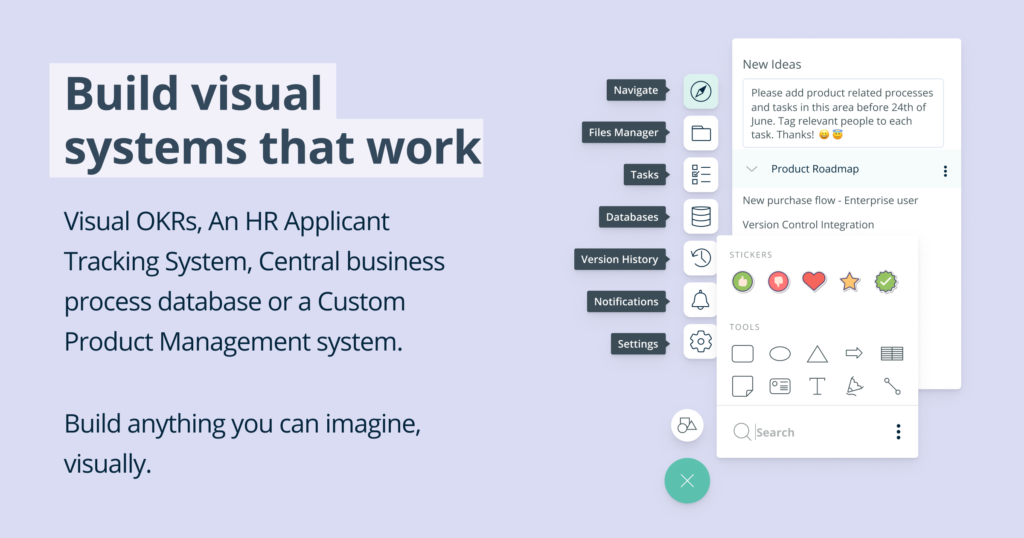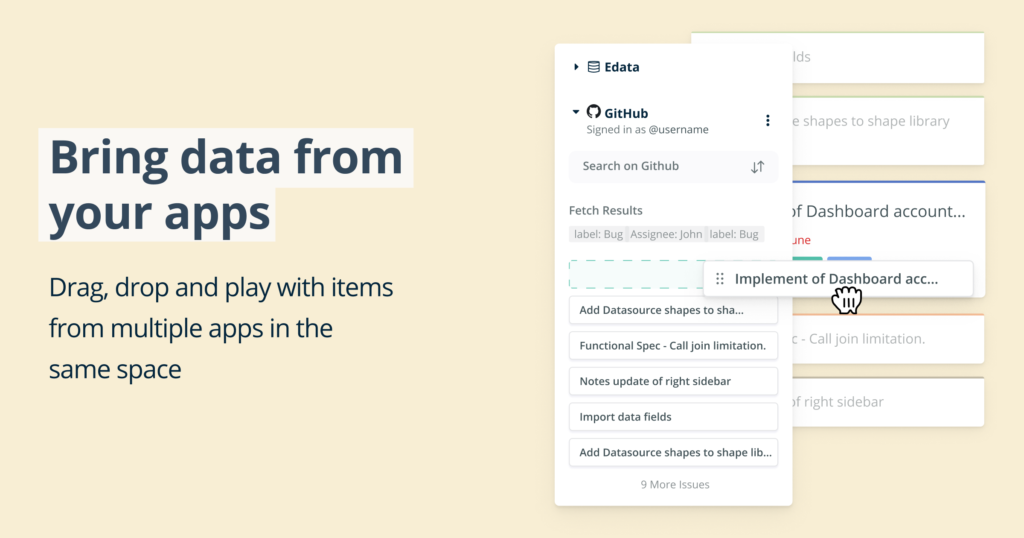The six spokes that supports the Wheel of Business Analysis – what is Business Analysis dimensions and how to ensure you apply every spoke in your Business Analysis Wheel.
As aspiring or even experienced Business Analysts we often get too involved in the detail of whichever Business Analysis task or technique we are currently working on. We don’t often look up and see the overall width and breath of what Business Analysis encapsulates. In order to provide an easy way for everyone to look at the bigger picture we have come up with a view of Business
Analysis from the point of view of the six key dimensions or spokes of the Wheel of Business Analysis.
The purpose of this article is to spur your thinking around each of these dimensions and interpret your own experiences of how Business Analysis applies within each dimension. Are you considering every dimension of Business Analysis when you work to achieve an outcome?
 Before we get into understanding what we mean with what is Business Analysis dimensions, let’s consider this very simple metaphor. In the old days when people were still travelling by horse drawn carriages (and even way before then!) the wheels of each carriage were supported with spokes. When one of these spokes was broken or not there, the wheel would either not work at all or soon stop working and cause a road accident! This can be compared to what we are talking about here in the context of the six dimensions of Business Analysis. If each of these dimensions are not carefully considered, analysed and correctly applied the level of success achieved in your Business Analysis outcomes are in jeopardy.
Before we get into understanding what we mean with what is Business Analysis dimensions, let’s consider this very simple metaphor. In the old days when people were still travelling by horse drawn carriages (and even way before then!) the wheels of each carriage were supported with spokes. When one of these spokes was broken or not there, the wheel would either not work at all or soon stop working and cause a road accident! This can be compared to what we are talking about here in the context of the six dimensions of Business Analysis. If each of these dimensions are not carefully considered, analysed and correctly applied the level of success achieved in your Business Analysis outcomes are in jeopardy.
So let’s now consider these six spokes in the Wheel of Business Analysis
Business Analysis Dimension #1: Why?
The very first question that must be asked when embarking on any Business Analysis initiative is “Why?”. This applies to a conceptual level of why an initiative has been embarked on in the context of the Business Problem or Need which has been defined, the anticipated business benefits for proceeding and the strategic alignment with the organisations strategy and objectives.
This dimension of Business Analysis is all about performing Enterprise Level Analysis considering the potential reasons of why it may be a good idea to pursue an initiative to improve the overall enterprise. The following types of Business Analysis techniques support this dimension of “Why?”. These include among others: PESTLE, Five Forces Analysis, SWOT Analysis, MOST Analysis and Root Cause Analysis.
Business Analysis Dimension #2: Who?
Usually once the reasons for embarking on a new Business Analysis initiative has been established, you will find that the key stakeholders who will be impacted, involved or directly responsible for delivery is identified. The Business Analysis dimension of “Who?” is very focused on stakeholder engagement and would consider the potential engagement approach, the level of engagement, definition of communication plans and starting to define the Business Analysis approach for the project. The project team is defined as part of this Business Analysis dimension which includes the allocation of project team roles and responsibilities. This dimension will also include Business Analysis resource estimates and allocations from the planning perspective.
Typical Business Analysis Techniques which are utilized during the “who” dimension of Business Analysis is the Stakeholder Analysis RACI model and Power/Influence Analysis.
Business Analysis Dimension #3: What?
This Business Analysis dimension is probably the largest and most utilized dimension of Business Analysis. This Business Analysis dimension is concerned with determining what is required to be delivered in order to meet or solve the Business need or Problem defined during the “Why?” dimension. This will be the dimension that most Business Analysts operate within 70% of the time yet this dimension cannot successfully deliver an optimal outcome by itself.
The “What?” Business Analysis dimension is focused on business requirements definition and analysis. It is primarily focused on activities which determine exactly what is required to meet the business need. It is important to make a distinction here with the “How?” dimension which will be purely focused on defining “how” to implement the output received from the “What?” Business Analysis dimension.
Typical Business Analysis activities and techniques that are used within this Business Analysis dimension are Requirements Elicitation techniques such as Requirements Interviews, Requirements Workshops, Observation and Surveys. It also utilizes Business Analysis techniques which will illustrate a Current State and Future State of the business domain which is being solved for. Specific artifacts that are produced as part of this Business Analysis dimension would include any Business Analysis deliverable describing “What?” is required. Examples could include: Business Requirements Documents or potentially Agile User Stories.
 Business Analysis Dimension #4: Where?
Business Analysis Dimension #4: Where?
This Business Analysis dimension may seem to be the least obvious dimension because it is concerned with “Where?” you are within Business Analysis at any are given point. This dimension covers the Business Analysis activities, which is tracking the progress of the Business Analysis deliverables, requirements and outcomes. It therefore includes all Requirements Management activities.
Some of the most common Business Analysis Techniques which is applied within the “Where?” dimension is the Requirements Trace-ability Matrix and Change Control Procedures for requirements.
Business Analysis Dimension #5: When?
This Business Analysis Dimension focuses on the Management of Business Analysis activities against any predetermined Project Schedules and agreed status updates. This dimension is often mostly applied by the lead Business Analyst or Project Manager.
It includes Business Analysis activity tracking against plans, schedules and progress reports from a purely management perspective. It typically includes applying management techniques such as applying the Work Breakdown Structure, Network Diagram and Gantt Charts.
Business Analysis Dimension #6: How?
Every Business Analyst is faced with doing work within the “How?” Business Analysis dimension even if it is only to remind stakeholders to focus on the “What?” dimension when defining business requirements. This dimension is concerned with how the solution will meet each business requirement which was defined as part of the “What?” dimension. Some Business Analysts still get confused between the “What?” and the “How?” dimension of Business Analysis and should aim to make the distinction for themselves within their work. This is a key difference and essential to apply when dealing within either the “What?” or the “How?” dimension of Business Analysis.
Business Analysis techniques applied when working in the “How?” Business Analysis dimension include techniques such as UML Use Case Modelling, Business Process Modelling and Data Modelling. Prototyping may also be used within the dimension to agree with stakeholders how their business requirements will be implemented. Agile User Stories and any functional specification based documents which describes how a solution should work when implemented is considered as a Business Analysis technique that falls into this dimension.
In conclusion
As you will now appreciate, what we call the Wheel of Business Analysis has six core spokes or dimensions which make it go around. Although the weight distribution between the different dimensions will vary from project to project or even Business Analysis role to Business Analysis role, it is important to always consider all six dimensions for every Business Analysis initiative. Without consideration of one the spokes in this wheel, there will negative impacts of varying degrees.
Please share your views and opinions on this topic below.






